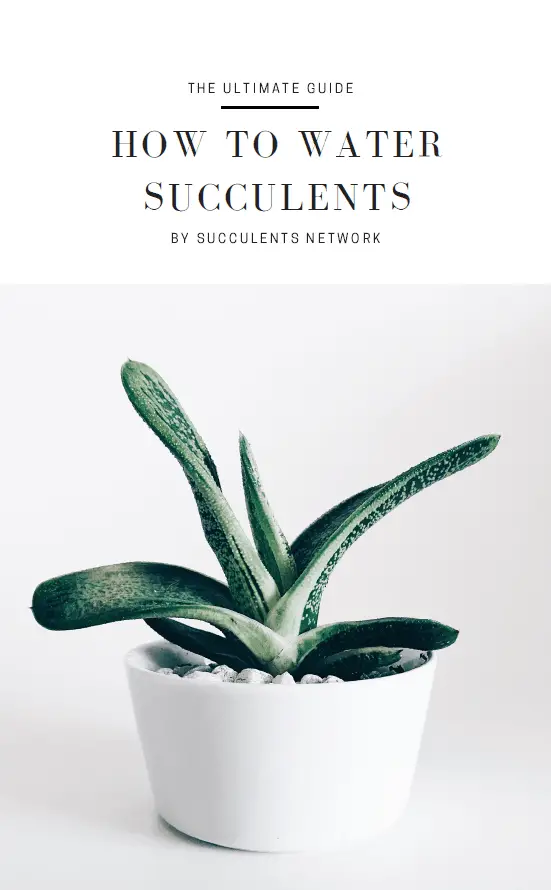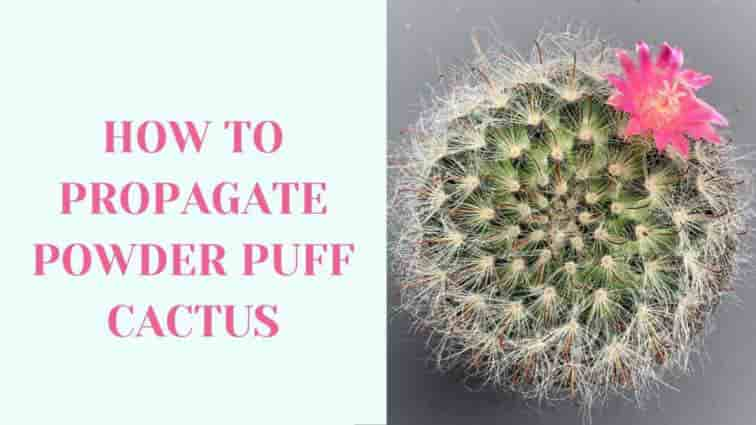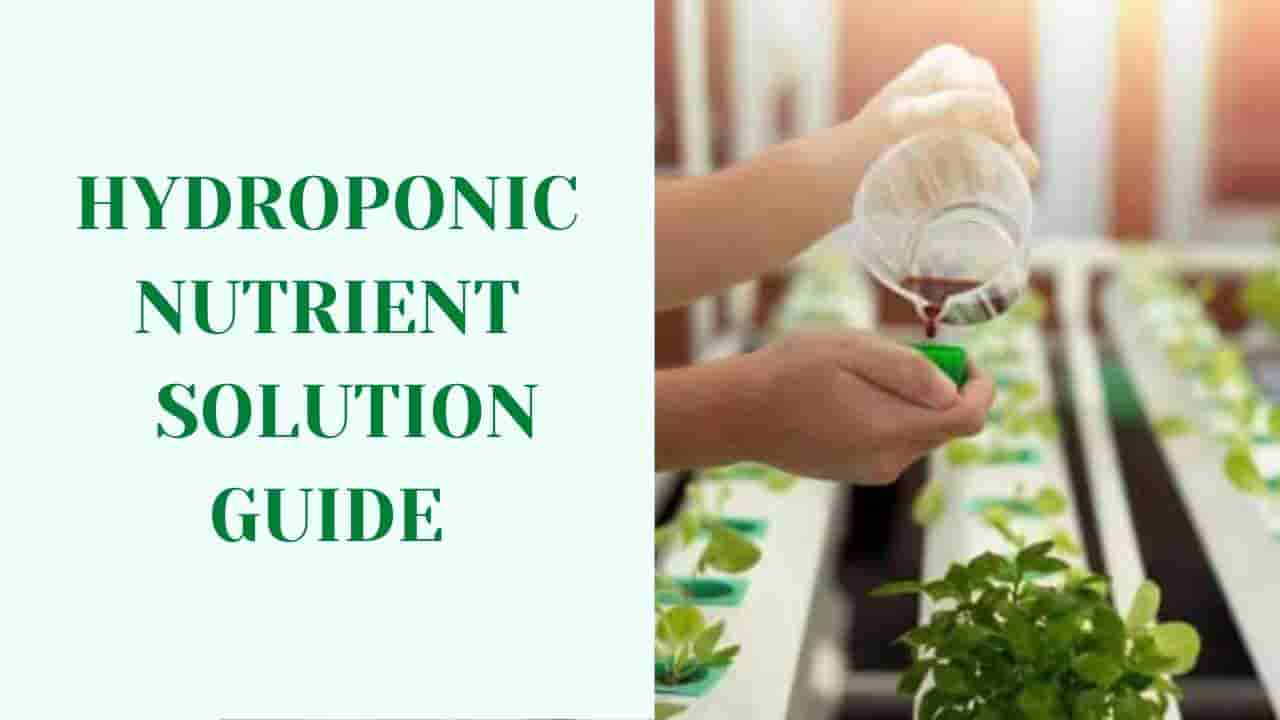In the same way, parents worry about providing the best care for their children to adulthood; plants also need caring to achieve the best yields. A hydroponic nutrient solution is an answer to providing succulents with the best environment for growth. This solution is the sole source of nutrients to the plant and should be provided in the right balanced solution that contains all nutrients. Hydroponics utilize no soil and therefore breaches the main rules of organic production for growing crops. However, before providing plants with the necessary nutrients, it is important that you take care of the organic composts first.
Succulent Need Nutrients
Succulent plants need nitrogen, potassium, and phosphorous as the three nutrients needed for growth and improvement. These three components form part of the hydroponic nutrient solution. Each component of the hydroponic solution has a different role within the growing plant, but a deficiency of one can affect the overall health of the plant. Ensure you find a cactus or succulent that will fit the chosen hydro terrarium size. This means understanding the requirements of the plant to ensure you do not provide an underdose or overdose of nutrients.
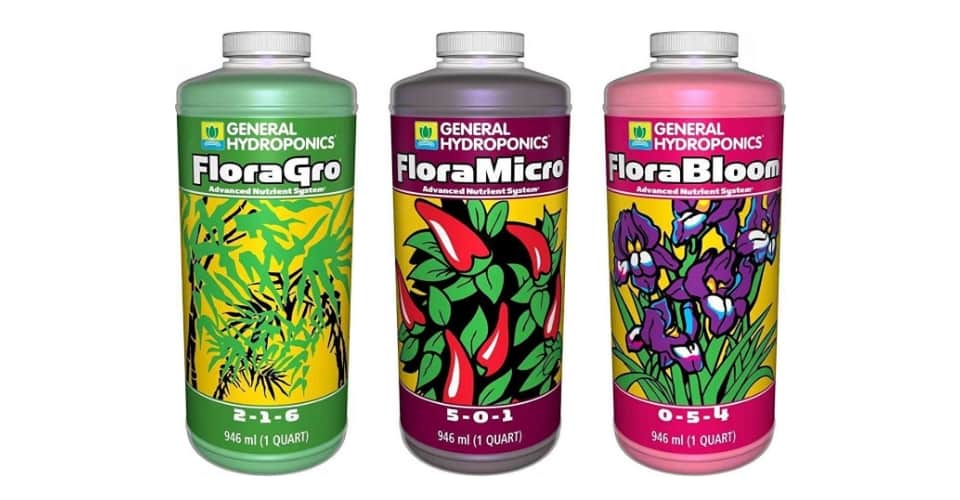
Picture via Pinterest
Different mixes of the hydroponic solution will provide a different nutrient concentration for the plant. The hydroponic nutrients come either in liquid or powder form, where the solution in liquid form is easier to work with compared to the one in powder form.
Additionally, the nutrient concentration may be different in both forms. You can purchase premixed nutrients that provide everything for your plant, and therefore prevent you from the hassle of calculating the available nutrients.
However, it is possible to create your own nutrient mix for the succulents in your home garden if you cannot get the hydroponic nutrient package from the store.
The cue is to get the right concentration of nutrients and fertilizers to add to the solution. Mixing your own nutrients can prove to be economical while allowing room for more flexibility when working with the succulents.
Once you have understood the basics of the hydroponic nutrient guide, you can apply the same techniques to other plants. Growing air plants that do not require soil means such crops will miss out on the nutrients that are naturally available in the soil. In such cases, these plants can receive the nutrients through the water and nutrient solution that is provided in the hydroponic system.
The essentials of hydroponic nutrient solution
The hydroponic nutrient solution is applied when growing plants without soil to provide an avenue for the nutrients that the soil contains. When mixed with water, the hydroponic nutrients can help replace all the micronutrients and macronutrients found in the soil and ensure the succulent does not miss out on these essential components.
Providing nutrients to hydroponic plants has been shown to be more complex than applying fertilizers to the soil. The following are the essentials of a hydroponic nutrient guide to help in making and maintaining a hydroponic plant. These factors should be considered when choosing fertilizers and preparing the solution.
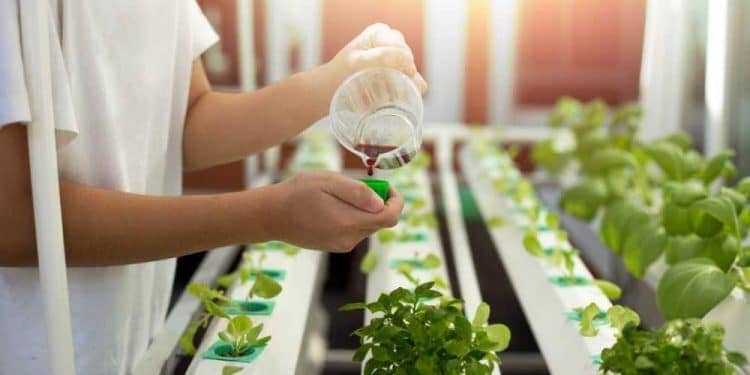
Picture via smartgardenguide
Water Quality Of Hydroponic Nutrient Solutions
The quality of water is an important factor in hydroponic nutrient solutions. Its properties include the salinity and concentration of potentially harmful elements such as sodium, chlorides, and boron. Soft water may not be good for the plant that needs nutrients for growth. Calcium and magnesium are important nutrients for plant growth and are found in tap water. Using tap water is therefore crucial when preparing hydroponic nutrient solutions due to the chlorine in tap water that serves to sterilize several bacteria and diseases.
Are your succulents dying? Do you need urgent help to keep them alive? Don’t worry! This ebook will solve the problems. I shared all my secrets related to how to water succulents with you.
Also, ensure you keep the right pH balance for your hydroponic nutrient solution and ensure it ranges from 5.8 to 6.3. The pH of water determines the ability of a plant to take in nutrients; at the same time, you need to check your water temperature in the solution and ensure it is tepid: which means it is neither warm nor cold to touch. Too much temperature may kill the plant, while the too cold temperature may cause them to mold or rot.

Picture via succulentsolutions
Nutrients
You need a correct nutrient and their concentrations in the hydroponic nutrient solution to help the plants grow. The hydroponic solution makes it easier to measure the number of nutrients provided to the plants, including a measure of the micro and macronutrients in their proportion. There is no set formula for these nutrient formulas since each plant requires different nutrients. However, you can search for the correct nutrient information for each plant and include it in the mixtures. The basic nutrients forming the hydroponic nutrient guide are nitrogen, potassium, and phosphorous, which are found in the fertilizers.
Hydroponic nutrients are best understood when divided into macro and micronutrients. Macronutrients comprise nitrogen, potassium, and phosphorous that are absorbed in the largest quantities by plants. On the other hand, the micronutrients comprise of minerals required in small quantities such as calcium to help in plant growth. When preparing the hydroponic nutrient solution, you need to choose the right macro and micronutrients and ensure they are in the right concentration. There should be at least ten micronutrients present in your nutrient mix.
Fertilizer
Choosing your fertilizer is one step in the hydroponic nutrient guide because fertilizers have different proportions of the macronutrients. Hydroponic fertilizers usually provide everything needed for the growth of succulents, including all trace elements. Therefore, you should determine the amount of nitrogen, potassium, and phosphorous needed for a particular succulent and select a fertilizer that will fulfill this demand. Hydroponic fertilizers are better than the standard seaweed extract due to the high concentration of nutrients. They provide everything needed for growth, including the trace elements and macronutrients. The solution is particularly crucial to succulents that are not edible, facilitating faster growth for the plant.

Picture via mcgardens.reamaze
At the same time, you can use diluted complex liquid fertilizers on cacti and succulents as part of the hydroponic nutrient solution. You should ensure you check about the nitrogen content of the solution since fertilizers with high nitrogen content are not good for most succulents. Instead, the hydroponic solution with a high concentration of potassium and phosphorous that are needed in complex mixes for succulents and cacti.
Additional fertilizers are not needed if the soil mix contains organic matter, because the amount of nitrogen in the soil is enough for the plants. Fertilizers are only needed if they supply what the plant is lacking. If the plant does not need those trace elements because they are available in the potting mixture, then fertilizers in the hydroponic nutrient solution will be redundant.

